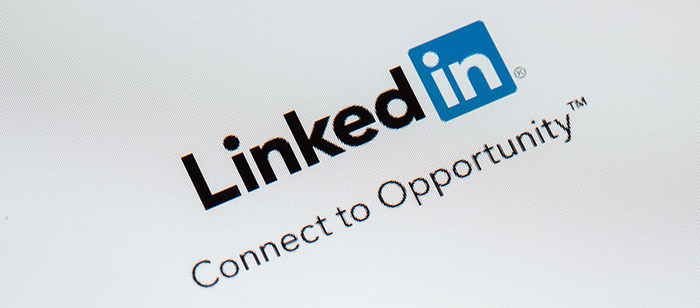
For quite some time I have been saying to my executive coaching clients, “If you’re not on LinkedIn, you’re not in the world of work.” This is especially true if you are looking to move to another company or organization, switch careers, vet a potential customer, or find the next great addition to your team.
I’ll take it up a notch. If you don’t fully utilize the power of your LinkedIn profile, you are doing yourself an injustice, possibly missing out on a big career opportunity.
Let’s Set Up a LinkedIn Profile To-Do List
Customize the background at the top of your profile. That blue background with shooting stars is LinkedIn’s assigned default for everyone. Stand out from the crowd. Switch to a look that says something about you as a business person. My office is based in New York City, so I have the skyline of New York. It is amazing how you make a statement with this one simple move. It says, “I’m different”, “I’m worth looking at further.”
Your photo is your greeting. On dating sites, you have a 50+ times greater chance of your profile being looked at with a picture than without. The same is true for your LinkedIn profile. No photo — not a living, breathing candidate anyone would want to interact with. Your photo does not have to be professionally taken and doesn’t require anything better than the camera on your smart phone.
It helps to have a person who knows how to take a good photo. However, you can also control this by setting up the shot yourself and just having another person push the button. No selfies, please! Most people choose color photos. Although, black and white can be effective in certain industries.
If you are photographing in color, make sure you are wearing some color, especially around your face. Remember, this is a work-focused photograph — not an obituary, mug shot, or remembrance of a bachelor party. You’re also not trying to be a model or a fitness trainer, so a headshot that includes a bit of your torso is enough.
All of us look better when our face is positioned at a slight angle. It’s more welcoming and less intimidating. Have your photographer take at least ten shots. Most people relax at about the fifth frame. Natural light works best, so standing outdoors or near a window will give you good color and softer features. Smile, never grin, or look too stern. Many people photograph best when speaking — try it. I think an open collar and a jacket looks good on men, unless you are in a very formal industry like banking or the law where a tie might be required. Ask a few people to pick the best shot. We are terrible judges of what looks best.
The headline is the most important piece of the profile. Headlines encourage us to read further. They also help us find what we are looking for when we search. Your LinkedIn headline must do the same. Tell me what you do and can offer, not your title and your current employer (they can be found lower in your listing). Like any search or posting you must include the words others would use to find you — keywords. If everyone in your industry describes what you do as this word than use it, even if it is not exactly what they list you as in your company.
Who are you targeting? If you are happy to stay at your current job, then your headline should reflect what you do. If you are looking to make a move, use the keywords that best describe your aspirations and what you can do for an employer or headhunter. Not sure what keywords to use? Steal them from your competition, look for high use words on Google, and copy from your job description. Test keywords and switch them out if you are not getting the results you want.
In the past week I have had two clients who the only change they made to their Linkedin profile was their keyword-driven headline. In both cases the number of people who looked at their profiles increased by a factor of ten.
Additional LinkedIn Profile Tips
Complete all sections of the LinkedIn profile. Sounds obvious but often not done.
Use all 50 slots in the skills sections. It’s a way of showing all your talents and expertise.
Have at least three current recommendations. Trade with another person. “I’ll write one for you, if you’ll do the same for me.” Recommendations can come from supervisors (former are safest) and colleagues. People who have worked for you make excellent recommenders.
People with active sites get higher positions in the rankings. This is especially important if you have a popular name or title. Write a blog, post interesting links to articles or websites. A stagnate profile is not a first page profile.
Recruiters look at brand names. Make sure you identify employers by their corporate listings.
Call yourself by the name you are known as in the industry. If everyone calls you Joe, not Joseph, then your LinkedIn profile name should be Joe. If you have changed names during your career, such as took your spouse’s last name, include both.
Tell readers your contributions and results when describing your job. Never write just about what you are “responsible for.”
No one cares what you did ten years ago. Forget the internships and freelance jobs of long ago — unless it was impressive, such as a clerkship with a well-known judge or an exclusive training program.
This may sound like a tedious or endless task; it’s not if you address it in priority order and set a deadline. If you are currently not looking for a job it is still an important exercise. If you are hoping to make a move, it is essential. Start at the top of this list and work your way down.
Leave a Reply